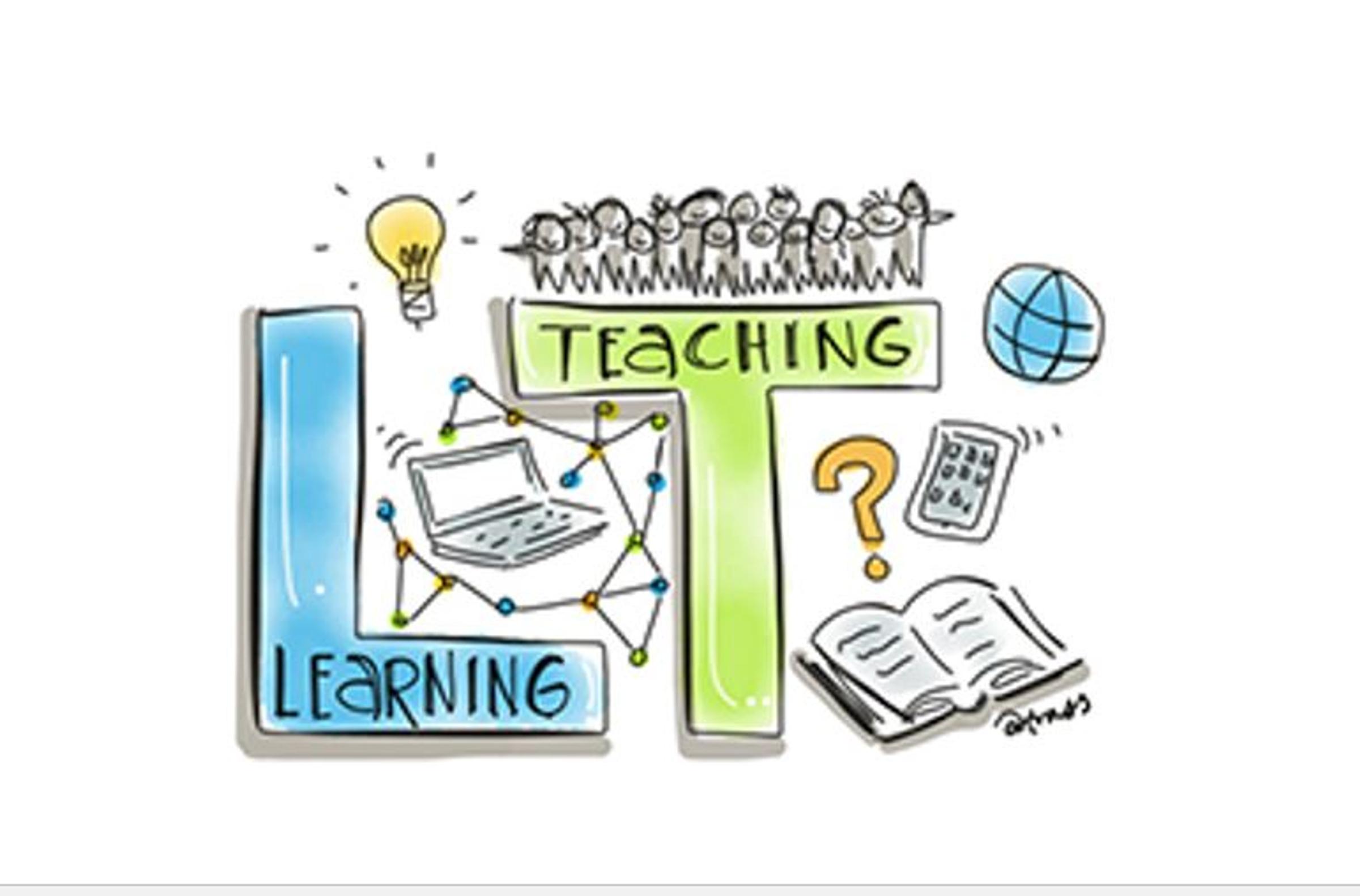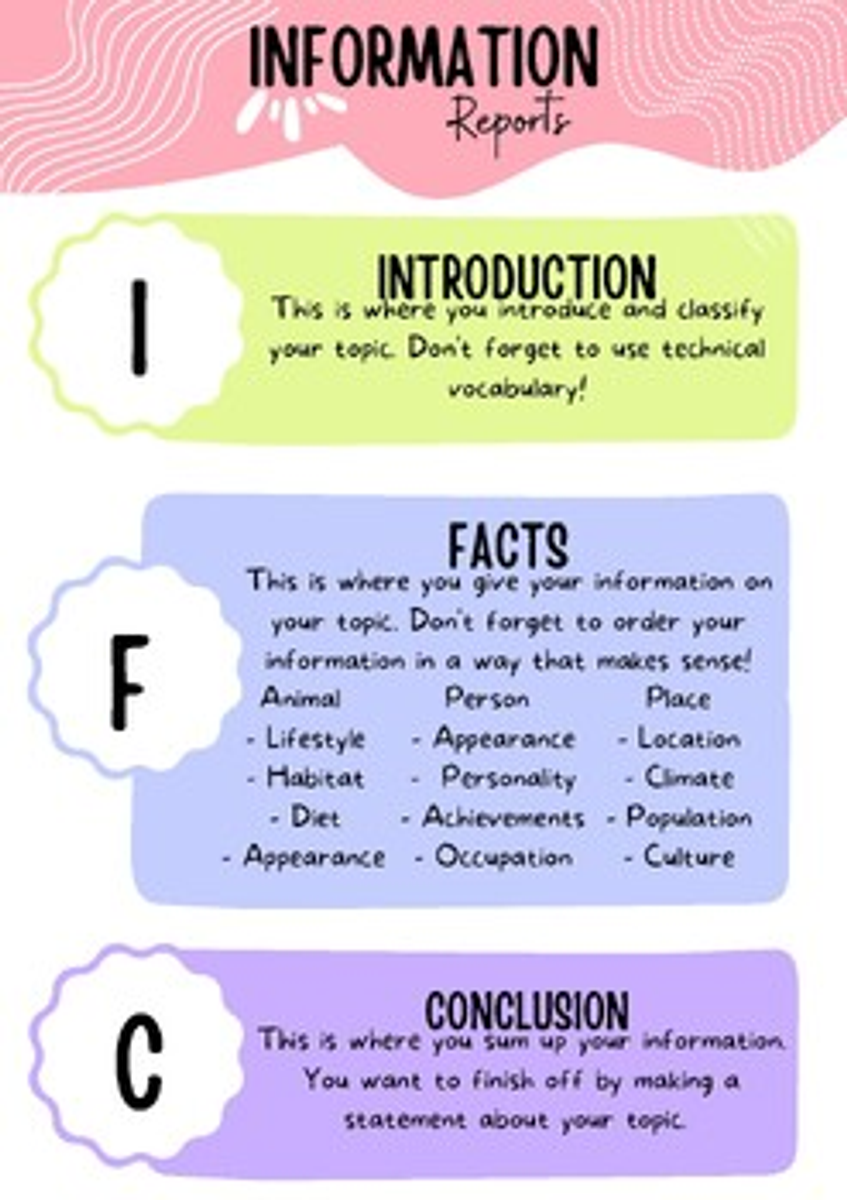Learning & Teaching
Learning and Teaching encompasses the following areas: Student Outcomes, Curriculum, Assessment, Reporting, Principles and Pedagogy.

Learning & Teaching
Learning and Teaching encompasses the following areas: Student Outcomes, Curriculum, Assessment, Reporting, Principles and Pedagogy.
Semester One Reports
Your child’s semester report will be available on Monday, June 30th, after 5:00 pm via the nForma Parent Portal.
Important Action Required: If you haven’t already, please:
If you have already installed the app, please check that you’ve updated it to version 3.0.
Setting up the app or desktop version:
Notifications:
Ensure that notifications are enabled so you don’t miss any updates.
Learning Conversations
We are looking forward to our upcoming Learning Conversations, which provide an important opportunity for students, parents, and teachers to come together to discuss progress and celebrate learning.
Years 3–6 Learning Conversations Date: Thursday, 3rd July
Learning conversations will begin at 1:00 pm. This earlier start allows 20 minutes for each student and their parents to meet with their teacher. Please note that despite the earlier start, students will still be dismissed at the usual time of 3:30 pm.
Foundation–Year 2 Learning Conversations Date: Thursday, 24th July
A separate booking link will be sent to parents closer to this date.
Purpose of Learning Conversations:
Additionally, Sarah Hogan and Belinda Filippone will begin their learning conversations at 11:00 a.m. on Thursday, July 3rd, to ensure that all students and parents have the opportunity to meet with them.
We appreciate your support and look forward to seeing you at these valuable conversations.
https://www.schoolinterviews.com.au/code/3qe6
If you have any questions or issues, please contact the school office on 93833600 or Vira via email at vpirrotta@sfmoreland.catholic.edu.au.


Writing this term


An information report is a type of factual writing that provides details about a topic. Its purpose is to inform the reader by presenting clear and well organised information. It begins with a general introduction that names the topic and gives an overview, followed by paragraphs that explore different aspects under subheadings. Students need to include facts, write in the present tense, and add labelled diagrams, maps, or charts to support their information.
A newspaper article is a form of factual recount reporting on real events or issues. It starts with a headline designed to grab attention, followed by a lead sentence that answers the key questions: who, what, when, where, why, and how. Newspaper articles use the past tense, engaging language, and often include quotes or reported speech.
This term, our Foundation students were introduced to information writing through learning about three different countries: India, Japan, and Germany. Through stories, videos, and class discussions, they explored key facts about each country’s culture, landmarks, and daily life. They then practised writing their own informative sentences to share facts they had learned.
Students in Years 1 to 4 continued developing their skills in writing information reports, focusing on presenting factual information clearly and organised.
In Years 1 and 2, students practised writing reports by identifying key facts and grouping related information. They focused on writing clear sentences and using structure to communicate ideas effectively. In Years 3 and 4, students researched and wrote about an Australian landmark of their choice, using paragraphs, technical vocabulary, and labelled diagrams to present their findings.
Students in Years 5 and 6 explored migration and First Nations perspectives. They examined reasons for migration to Australia, the experiences of different migrant communities, and the impact of colonisation on Aboriginal and Torres Strait Islander Peoples. As part of this learning, they wrote newspaper reports reflecting historical events and cultural viewpoints. The final pieces were thoughtfully written and well presented, showcasing their understanding and creativity.
Well done to all the students for their excellent writing this term!


Bernadette Parnis
Literacy Leader


Reminder - Parent session on Addition & Subtraction in the early years
Come along and have some fun playing maths games and learning how to support your child at home with strategies to add and subtract. As the juniors are currently learning the subtraction strategies it will be relevant for supporting them at home.
Understanding Subtraction Challenges in the Junior Years
Subtraction is a fundamental mathematical skill, but many young learners encounter difficulties as they develop their understanding. Recognizing these challenges can empower parents to support their children's learning journey effectively.
Common Challenges:
Supporting Your Child:
Subtraction in the junior years is more than a mechanical process - it’s about understanding quantity, place value, and number relationships. By targeting these common misconceptions and supporting thinking strategies through conversation, play, and visual tools, parents and teachers can significantly boost children’s math confidence and competence.
By acknowledging these common hurdles and actively participating in your child's mathematical development, you can foster confidence and competence in subtraction.
SSV COBURG DISTRICT SPORT RESULTS
On Friday 20 June St Fidelis played Newlands in the SSV Coburg District Winter Sports Competitions.
Round 7 Results:
AFL9’s Boys/Mixed
St Fidelis 19 goals 3 behinds 117 points defeated Newlands 1 goal 1 behind 7 points
Soccer Boys/Mixed
Newlands 2 goals defeated St Fidelis nil
Soccer Girls
Newlands 2 goals defeated St Fidelis 1 goal
Netball Boys/Mixed
St Fidelis 13 goals defeated Newlands 4 goals
Netball Girls
St Fidelis 29 goals defeated Newlands 11 goals.
FINALS
Congratulations to our Girls Netball Team and our Boys/Mixed AFL 9s Team on being SSV Coburg District Division Champions. On Friday they will play the larger schools SSV Coburg District Division winner to qualify for SSV Inner North/Merri-Bek Finals to be held in Term 3.
Friday 27 June 2025
Boys/Mixed AFL 9s
St Fidelis v St Olivers at Hallam Reserve, Pascoe Vale
Girls Netball
St Fidelis v Pascoe Vale at Pascoe Vale PS, Cnr Gaffney St and Cumberland Rd
Good luck to our teams!!